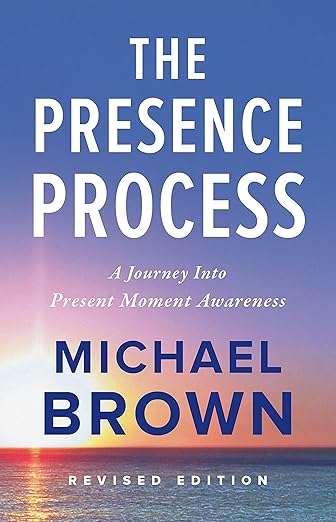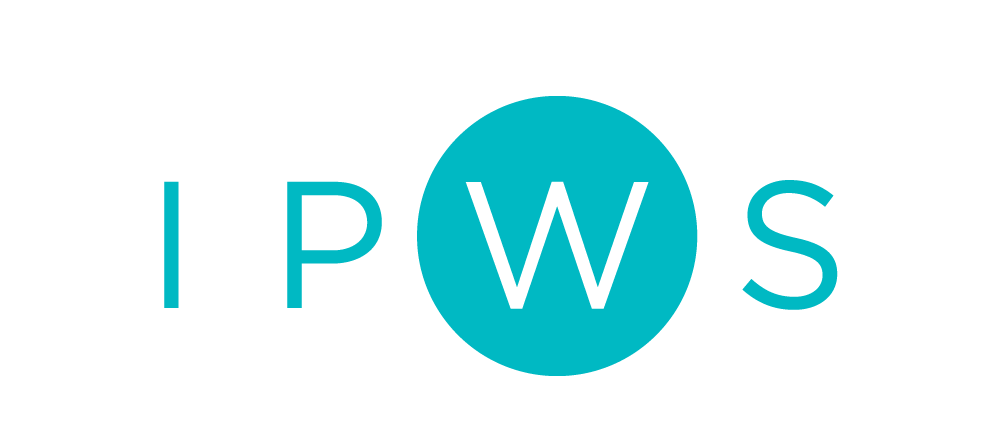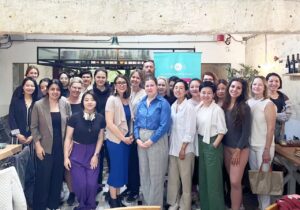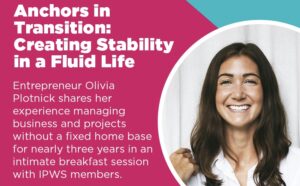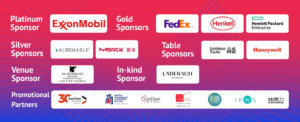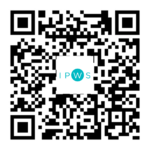
Just before the summer break, we hosted a webinar, ‘Learn to Navigate Toward Your Crystal-Clear Vision and Goals,’ with Beata Dziedzic, an executive career coach and international talent development specialist.
Despite the rainy evening, the atmosphere was electric as Beata guided us through the common career doubts many of us face, such as “It’s too late / too early to start a new career,” “I’ll be judged for my life choices,” and “It’s better to play it safe.” She equipped us with strategies to combat these thoughts using various career coaching tools.
The IPWS workshop with Beata on “Navigating Toward Your Crystal-Clear Vision and Goals” was a game-changer. The macro and micro-visualization techniques she shared were particularly impactful, sparking a lot of new ideas for me. I’m excited to apply what I’ve learned and look forward to more discussions on AI topics with her. If you’re seeking to advance your career and gain clarity on your goals, I highly recommend this workshop! (participant feedback)
Top 3 Tools for Career Clarity
1. Visualization: Beata highlighted the power of visualizing your desired career and lifestyle regularly. This practice helps to rewire your brain to subconsciously seek out opportunities that align with your vision.
Micro – visualization: It could be any object that reminds you of your future self in your daily life. A piece of jewelry, a photo, or even a specific color can serve as a daily reminder of your goals and aspirations, keeping you focused and motivated. Are you planning to become a CEO? Set aside a beautiful pen that you will use to sign important documents in your new role.
Are you eager to develop an app? Create a simple app with a “Welcome” message or design an app icon in your preferred colors and keep it somewhere in your folders. As you can see, your imagination is your only limit.
Macro-visualization is a powerful tool that can transform your aspirations into reality. Here’s how to do it: Find a quiet space where you can relax without distractions. Close your eyes and spend a minute or two simply observing your breath. Vividly imagine yourself living your best life. Engage all your senses: feel the emotions of success, visualize the details of your surroundings, and hear the sounds associated with your ideal life and work. For instance, if you want more traveling in your life, envision yourself visiting local markets, inhaling the scent of fresh fruits and flowers, exploring rainforests, and hearing the calming sounds of the sea. Repeat this practice regularly at the start and end of each day. Make your visualization as detailed and vibrant as possible, focusing on how achieving your goals will positively impact your life and those around you.

2. Yoga, Breathing, and Meditation: These practices not only improve our mental and physical health but also create space to quiet racing thoughts, fostering a deeper understanding of oneself. Throughout our studies, internships, certifications, and leadership courses, we’re often trained to think and solve problems using our minds. However, by incorporating yoga, breathing techniques, and meditation into our routine, we gain effective stress management and relaxation tools. This connection with our breath and body helps us feel more energetic, stay focused, and make balanced decisions in both professional and personal life.
How can you use these techniques as a career development tool? Choose something that will be enjoyable and doable for you (for example, attend yoga classes or start your day with a simple 2-minute breathing or meditation practice). Commit to doing it every day for at least 21 days and take note of the positive changes it brings to your life. Do you feel more confident? Energetic? Balanced? Take time to reflect or journal on these improvements.
3. Embracing Uncomfortable Emotions: Exploring feelings like jealousy can uncover deep-rooted desires. For example, feeling jealous of someone else’s career may indicate a hidden desire to pursue a similar path. Despite societal norms that encourage us to suppress such emotions, they can serve as valuable tools for gaining clarity in our careers. This revelation emerged from career coach and Forbes writer Kathy Caprino’s interview with the famous writer Gretchen Rubin. Before transitioning to writing, Rubin was a lawyer, dissatisfied with her career path. She recalled her own experience while looking at her college alumni magazine, where she noticed her contrasting reactions: she felt mild interest when reading about people who held law jobs, but intense envy when reading about those who had writing careers. This realization helped her understand her true passion, even before fully admitting it to herself.
How to implement the power of “uncomfortable” emotions? Observe and allow them to be without trying to suppress or distract yourself. You can ask yourself, “What is this emotion trying to tell me?” Despite feeling jealous of your former classmate, you can still genuinely wish them well. What aspect of their success intrigues you the most?
“During the webinar, I discovered the concept of the pendulum effect. Other tools that stood out to me as particularly novel were the “Flower Exercise” and the “Presence Process” .(participant feedback)
Avoiding the “Pendulum Effect” of Career Breaks
Beata warned against the “pendulum effect,” where dissatisfaction with a current job leads to an unplanned career break. Without a plan, this break can result in lost momentum and increased anxiety. Instead, she advised finding time within your current role to explore new interests and skills which might lead to unexpected opportunities and a more fulfilling career path. This can be achieved through volunteering, creating a new passion-based project at your current workplace, or starting a new initiative in your community.
Leveraging AI in the Workplace
AI is not just a trendy topic; it’s a valuable tool across industries. Beata encouraged us to use AI for low-risk, repetitive tasks to save time and boost productivity, giving us the edge to propel projects forward.
To become an AI subject matter expert at your workplace, start with your existing talents. Consider what you’ve enjoyed doing since childhood—whether it’s designing, writing, or creating new solutions. By leveraging these talents and experimenting with various AI tools to accomplish the same tasks, you can patiently explore and determine which tool works best.
In Conclusion
The event was warm and enlightening, with Beata emphasizing the significance of self-understanding, self-confidence, and continuous self-improvement for achieving career clarity and happiness.
Whether you attended or not, we hope these insights leave you feeling more empowered to navigate your professional journey and create greater clarity. And if you are ready for some deep self-exploration work here are the best books to start: ‘What Color Is Your Parachute?: Your Guide to a Lifetime of Meaningful Work and Career Success’ (for the “Flower Exercise”) by Richard N. Bolles and ‘The Presence Process: A Journey Into Present Moment Awareness’ by Michael Brown.
Questions? Contact Beata on LinkedIn: linkedin.com/in/beatadziedzic/ or come to talk to us during our next career development event!

